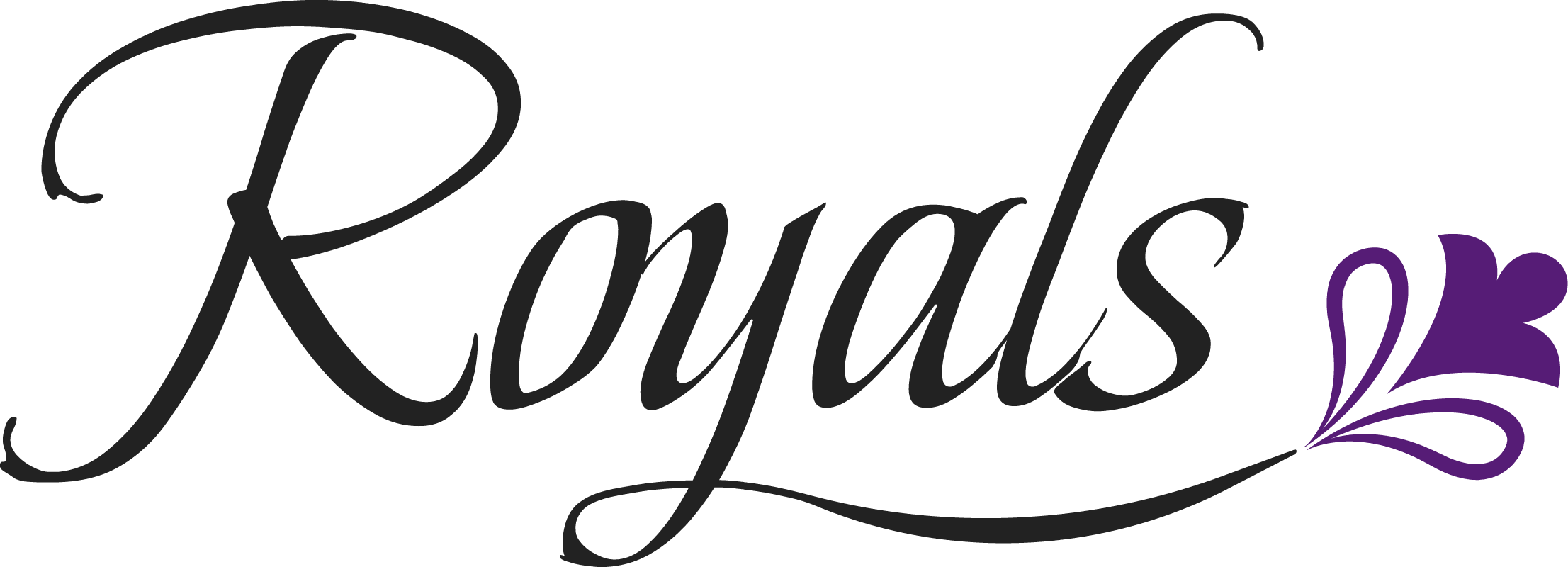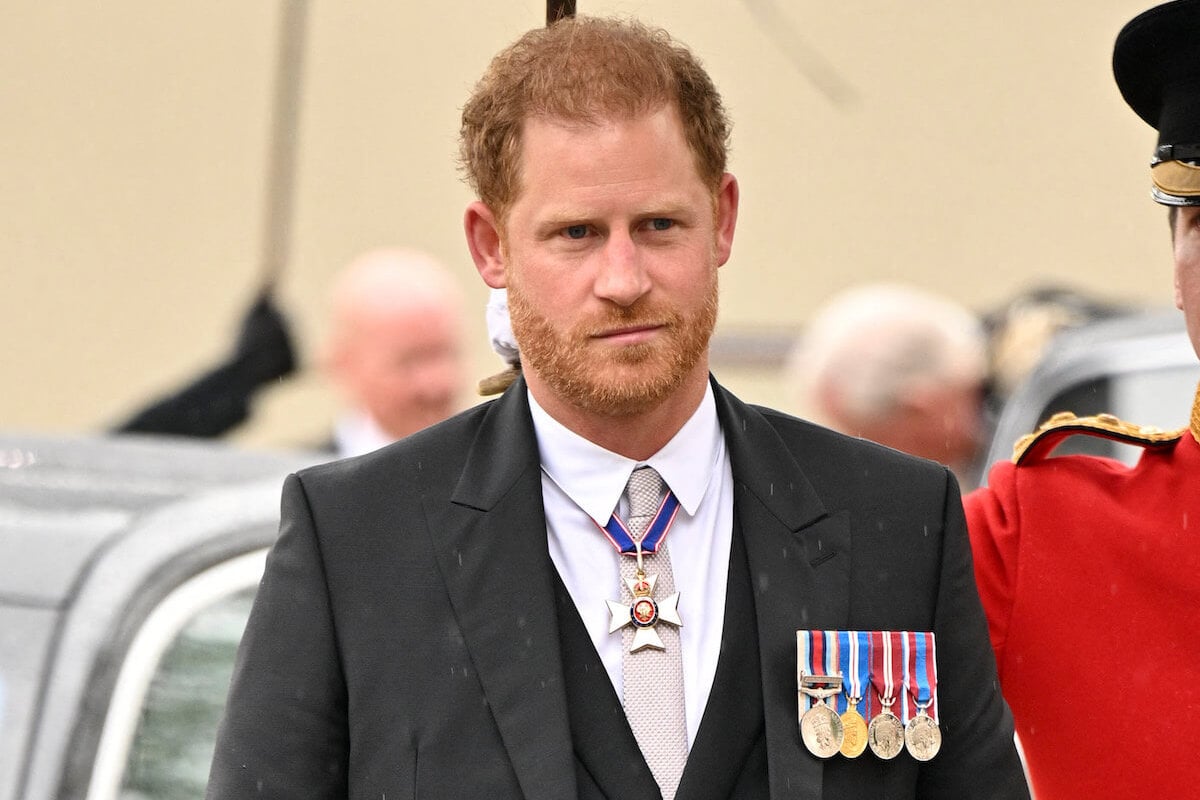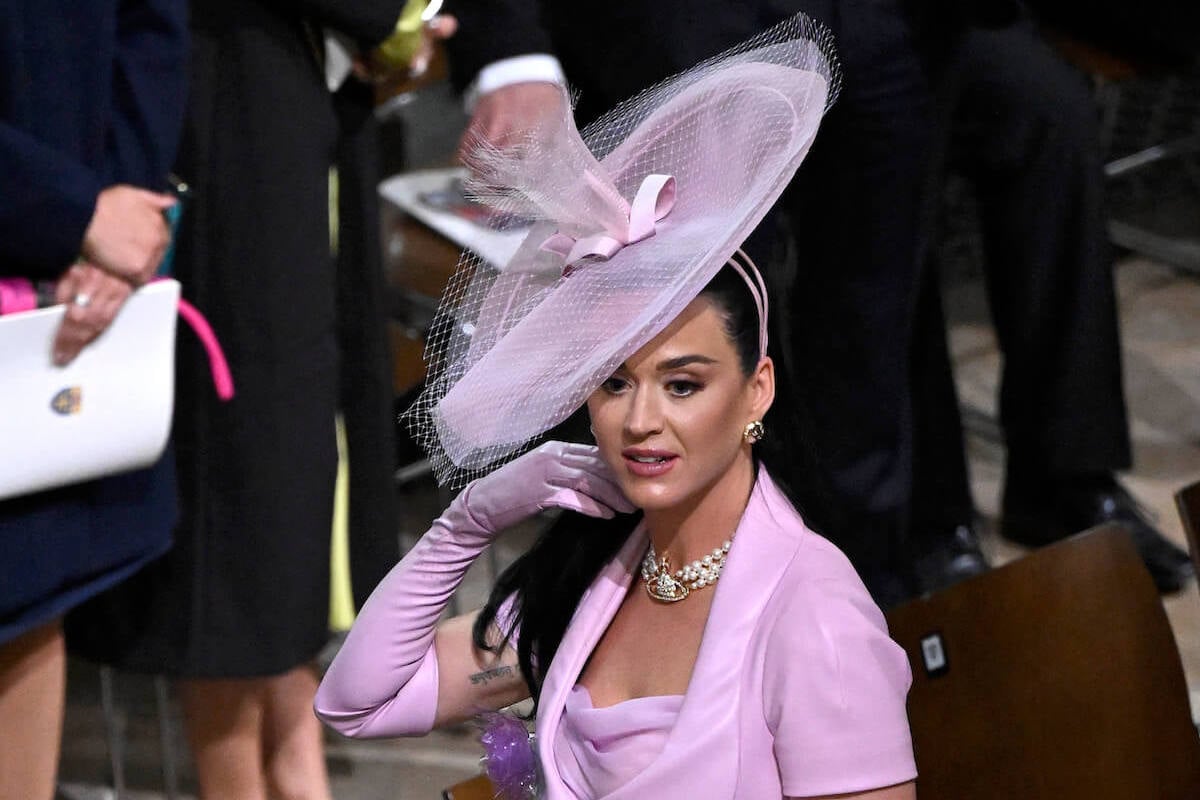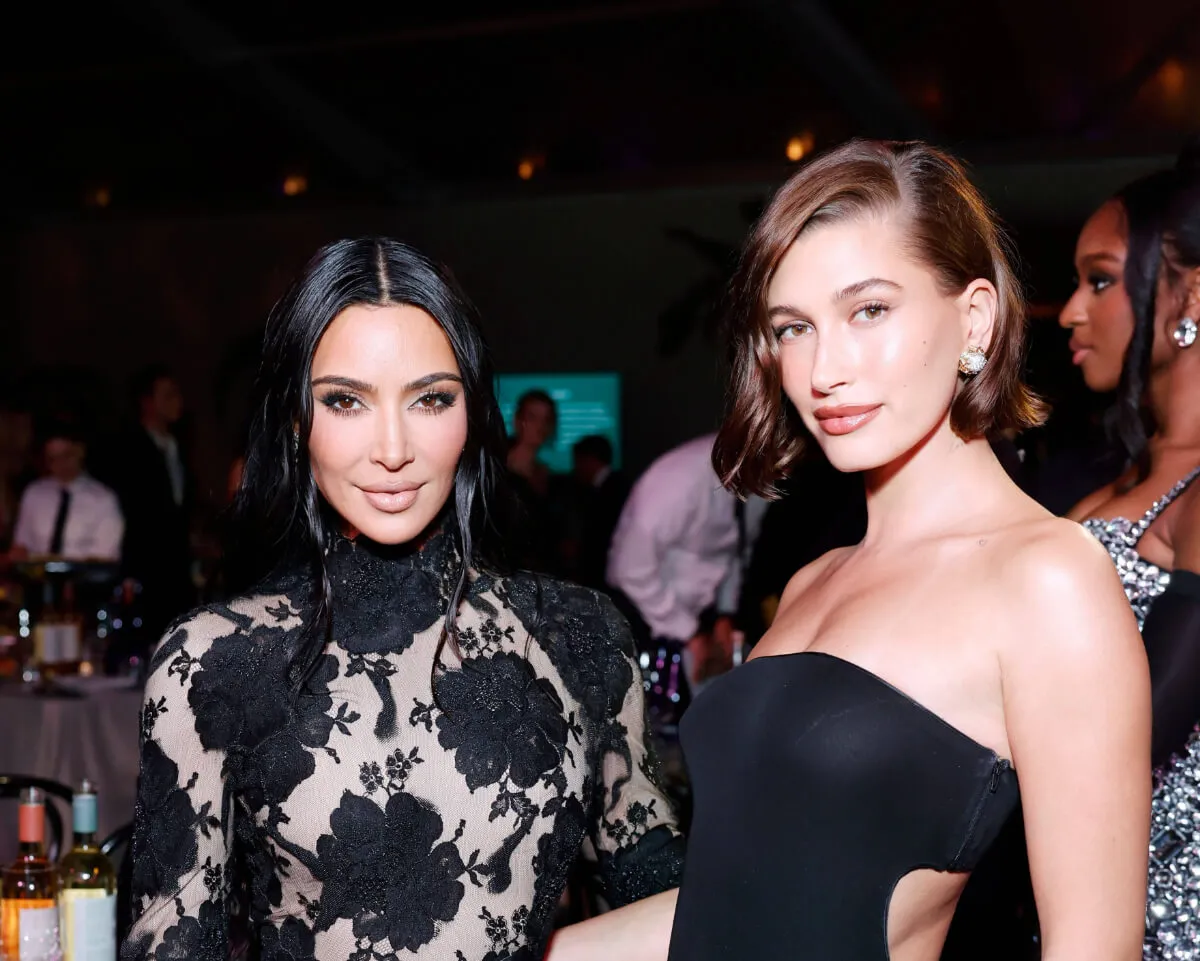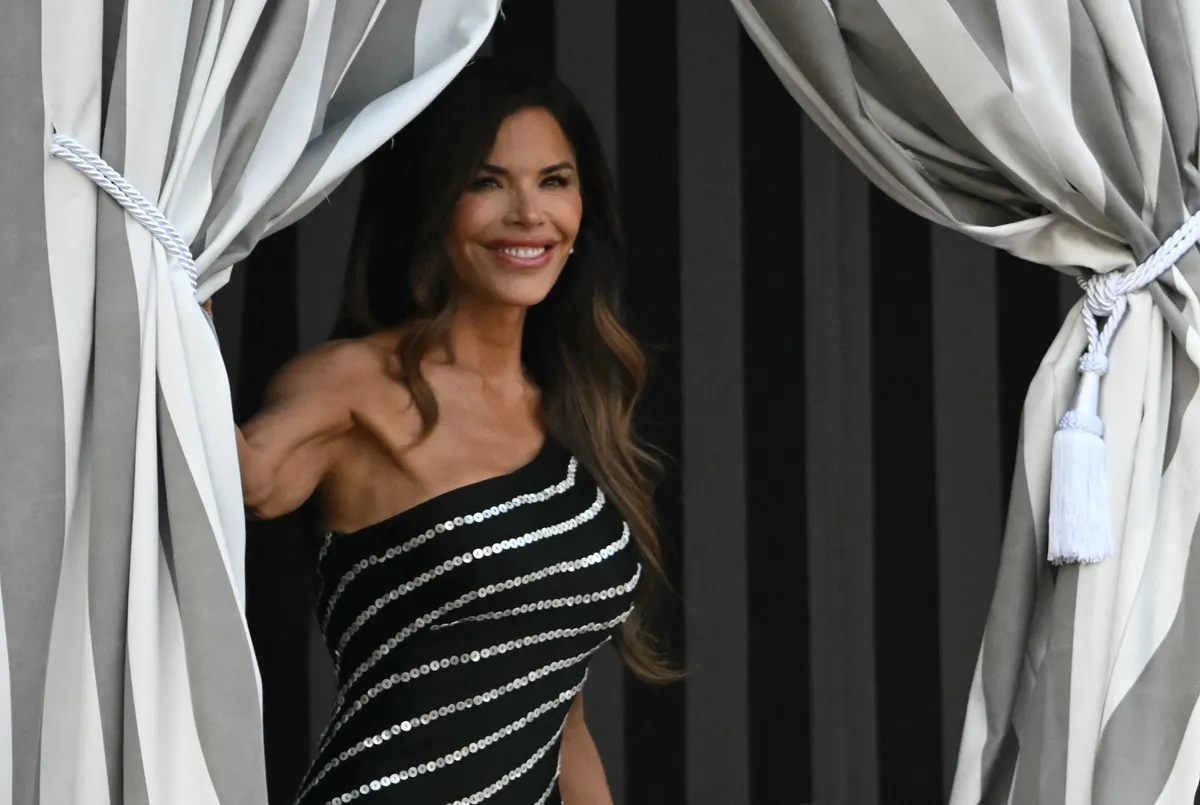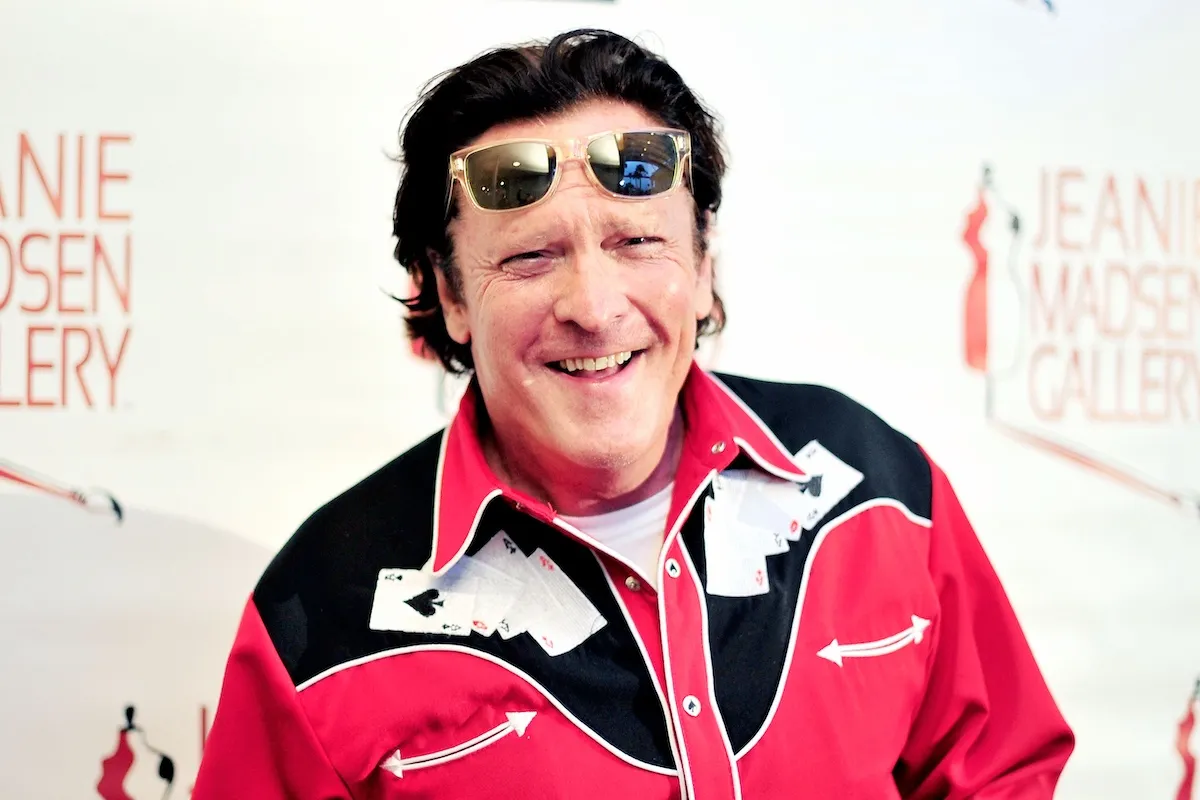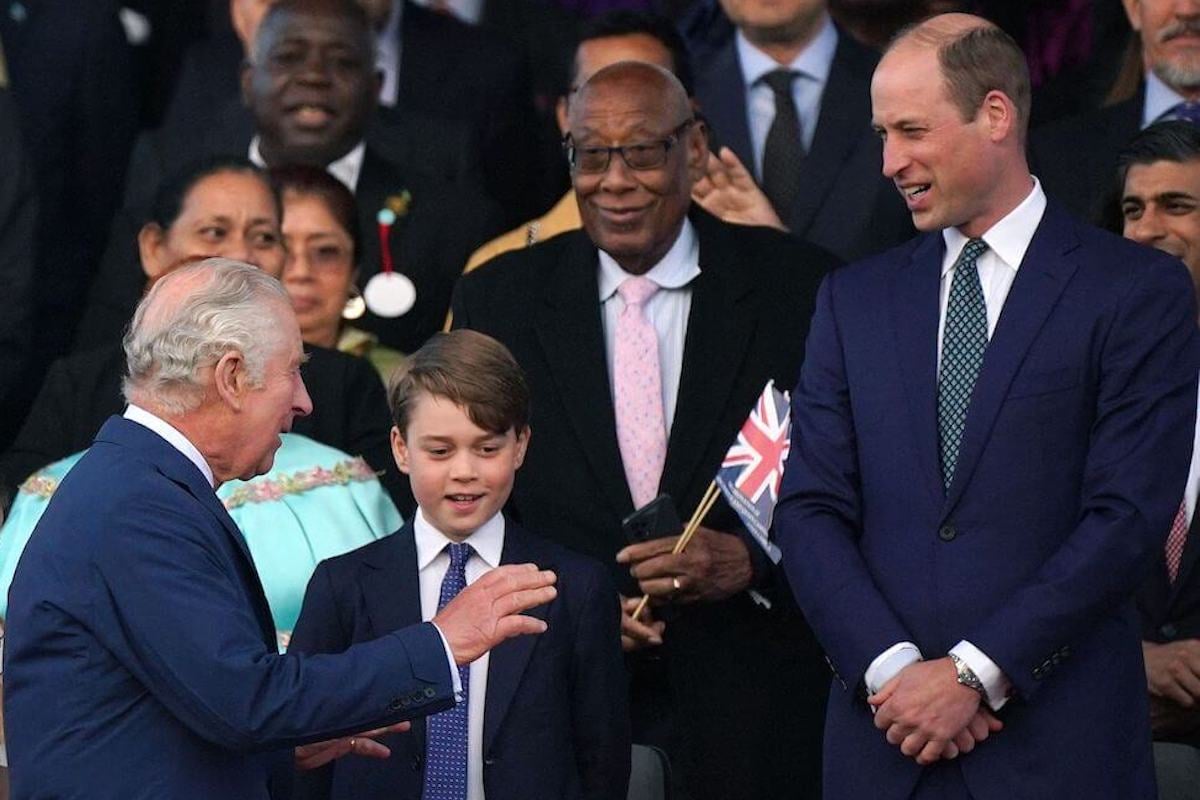
William and George ‘Tense and Rigid’ Next to King Charles in Coronation Portrait, Body Language Expert Says
Say cheese. King Charles III’s coronation had the newly-crowned king posing for official portraits. One showcased the line of succession with his son, Prince William, and grandson, Prince George, at the king’s side. However, the royal trio didn’t appear entirely relaxed, according to a body language expert. The Prince of Wales and his oldest son looked “tense and rigid” next to King Charles, who sported a “mask of tension.”
King Charles, Prince William, and Prince George didn’t look comfortable in their official coronation portrait

After the Westminster Abbey ceremony, processions, and a balcony appearance, King Charles posed for official coronation portraits on May 6. One featured heirs William and George after both had roles in the coronation. William recited an oath to his father. Meanwhile, George served as one of eight Pages of Honor.
In the photo, taken by Hugo Burnand and released by Buckingham Palace on Twitter, King Charles, George, and William posed in the Throne Room. Per body language expert Judi James, none of them looked completely relaxed.
“Charles’s pose with his son and grandson is clearly a strong signal of the continuity of the monarchy,” James told Express. “And all three pose in a way that suggests unity as well as shared destiny.” However, King Charles’ face still had “some of the signals of anxiety that were visible at his coronation.”
His “power signals have increased and he appears to have regained some form of control over his role,” James added.
“Rather than looking as vulnerable and fragile as he did during the service,” King Charles, wearing the Imperial State Crown and Robe of Estate, appeared “more confident.”
“His knees are splayed. And he now wears the crown rather than letting it wear him, with the slight angle of the crown making him look more confident and less scared that it will fall off,” she explained.
It was the king’s “smile” that contributed to the coronation portrait’s slightly awkward air. It “still looks like a mask of tension,” James said, noting his “strained” eyes. His mouth appeared “pulled horizontally rather than the normal upward arcing of the corners that would suggest genuine happiness.”
As for George and William, they stood next to King Charles in the coronation portrait, looking “tense and rigid.”
William and George seemed ‘slightly protective’ of King Charles in the coronation portrait
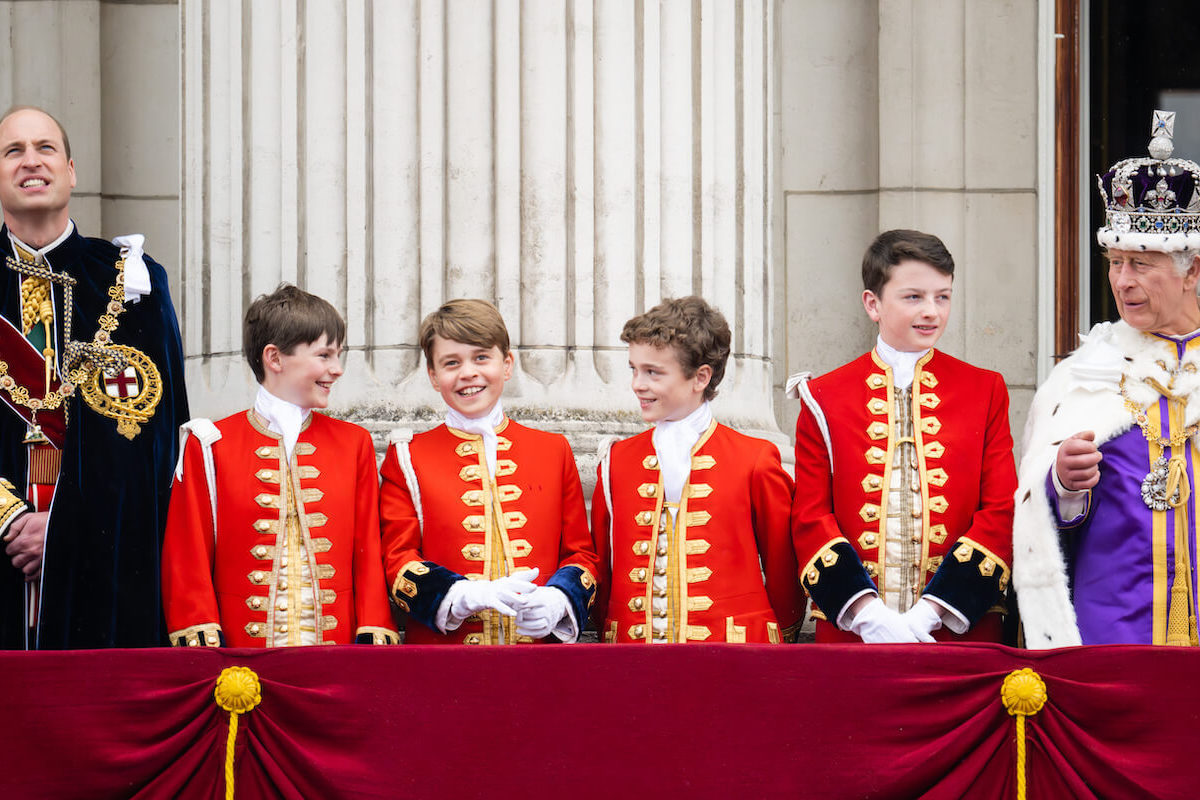
In the midst of the coronation portrait’s “tense” air, James continued, “There is some beaming there.” William and George seemed to “both lean in slightly to the king as they flank him making them look not just unified but also slightly protective.”
As for which of the three — King Charles, William, or George — had the “most important” body language, it came down to the youngest. “Probably most important in terms of continuity of the monarchy” was George’s pose.
With his raised chin, the oldest of William and Kate’s three children looked to be “projecting a rather sweet sense of enthusiasm for his own future role.”
King Charles and Camilla appeared to hit their ‘royal stride’ in a large group photo from coronation day
In addition to the coronation portrait featuring King Charles and his two heirs, he also posed for some photos with his wife, Queen Camilla. One of which, per James, had the pair appearing to hit their “royal stride” with more relaxed body language.
The photo, one of multiple released by the palace, has King Charles and Queen Camilla posing with their eight Pages of Honor, including George.
Following “a rather tense-looking coronation for both Charles and Camilla, these official photos show them getting into their royal stride, despite the formality of their poses,” James said.
Camilla, she continued, appeared “especially less ill-at-ease here than she did during the service.” The 75-year-old had “less tension around her now-lowered shoulders and a very relaxed, self-satisfied-looking handclasp.”
The expert noted being surrounded by family also “helps to illustrate her own levels of influence when it comes to her role as queen.” Camilla’s “power signals seem to have increased with this wider spread of family.” Meanwhile, her bent elbows and below-the-waist hand clasp suggested “some degree of matriarch pride.”
As for George’s body language in the group shot, he appeared “still so much in [his] role from the ceremony, standing in the most upright pose of any of the pages, almost to attention with a look of pride in his grandfather.”
Showbiz Cheat Sheet acknowledges conditions and cultures can impact body language and is sensitive to all backgrounds.
